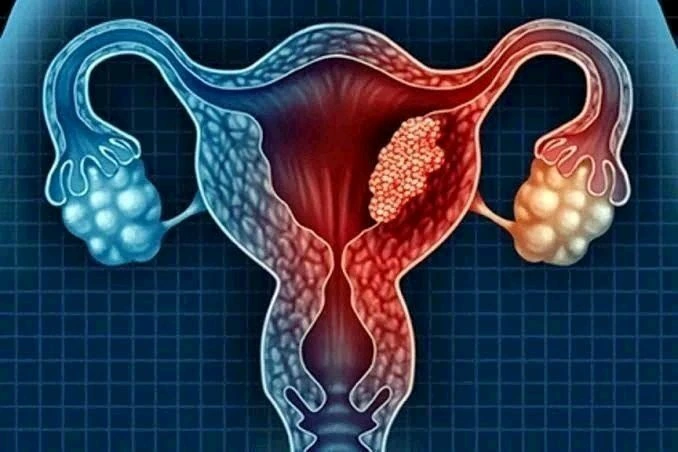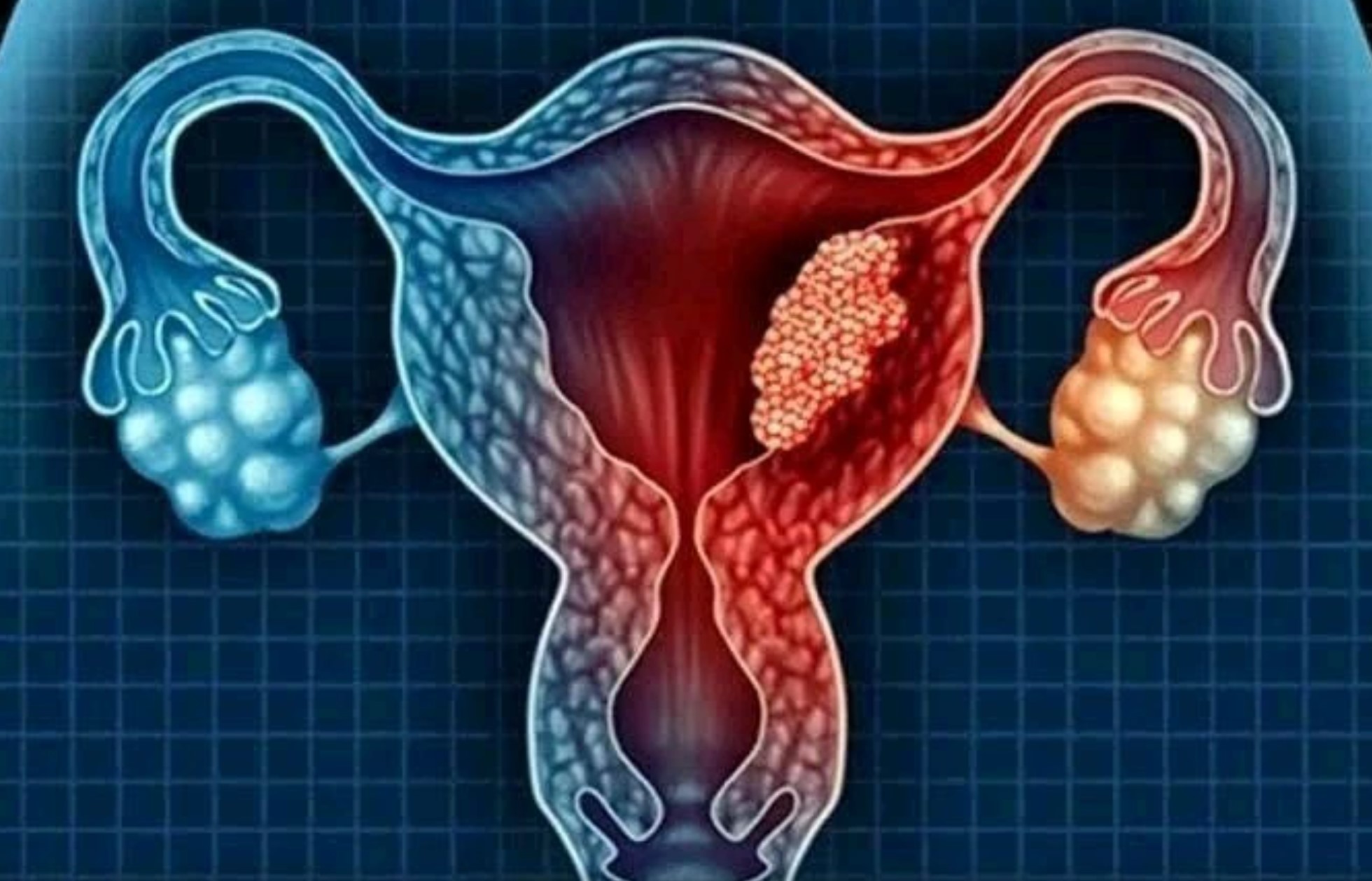Uterine cancer, particularly endometrial cancer, is the most common gynecologic cancer in the United States. It originates in the lining of the uterus (endometrium) and primarily affects postmenopausal women, although it can also occur in younger women.
While the exact cause of uterine cancer remains unclear, certain lifestyle choices and environmental factors can significantly increase the risk. Understanding these factors and making informed decisions can help reduce the likelihood of developing this type of cancer. Here are four key things to avoid to lower the risk of uterine cancer…Click Here To Continue Reading>> …Click Here To Continue Reading>>

1. Uncontrolled Obesity and Poor Diet
Obesity is one of the most significant risk factors for uterine cancer. Excess body fat can increase estrogen levels, and high estrogen levels are linked to an increased risk of endometrial cancer. Adipose tissue, or body fat, produces additional estrogen, which can stimulate the lining of the uterus and potentially lead to cancerous changes. Maintaining a healthy weight through a balanced diet rich in fruits, vegetables, whole grains, and lean proteins can help manage estrogen levels. Reducing the intake of processed foods, sugars, and unhealthy fats is crucial. Regular physical activity is also essential in maintaining a healthy weight and lowering cancer risk.
2. Hormone Replacement Therapy (HRT) without Medical Supervision
Hormone replacement therapy (HRT) is often used to relieve menopausal symptoms. However, when taken without proper medical guidance, especially estrogen-only HRT, it can increase the risk of developing uterine cancer. Estrogen alone can stimulate the growth of the endometrial lining, leading to a higher chance of cancerous changes. Women who require HRT should consider using a combination of estrogen and progesterone, as this reduces the risk of endometrial cancer. It is crucial for women considering HRT to consult their healthcare provider to weigh the benefits and risks and determine the most appropriate therapy. READ FULL STORY HERE>>>CLICK HERE TO CONTINUE READING>>>
3. Lack of Physical Activity
A sedentary lifestyle is associated with various health risks, including an increased risk of uterine cancer. Physical inactivity contributes to obesity and can lead to hormonal imbalances, such as increased insulin levels and insulin resistance, which are risk factors for endometrial cancer. Regular physical activity helps in weight management and improves insulin sensitivity, reducing the risk of developing cancer. Engaging in at least 150 minutes of moderate-intensity exercise, such as brisk walking, cycling, or swimming, each week is recommended to maintain overall health and lower cancer risk.
4. Exposure to Estrogen-Mimicking Chemicals
Certain environmental toxins, known as endocrine disruptors, can mimic estrogen in the body and disrupt hormonal balance. These chemicals are found in various everyday products, including plastics (such as BPA), pesticides, cosmetics, and personal care products. Prolonged exposure to these chemicals can lead to increased estrogen levels, which may elevate the risk of uterine cancer. To minimize exposure, individuals should opt for BPA-free products, choose organic produce when possible, use natural personal care products, and avoid heating food in plastic containers.
Conclusion
Preventing uterine cancer involves a combination of lifestyle changes and awareness of environmental factors. By maintaining a healthy weight, engaging in regular physical activity, carefully managing hormone replacement therapy, and avoiding exposure to estrogen-mimicking chemicals, women can significantly reduce their risk of developing this type of cancer. Regular medical check-ups and screenings are also essential, especially for women with a family history of cancer or other risk factors. Taking proactive steps in these areas can lead to better health outcomes and a lower risk of uterine cancer.


 SPORTS4 months ago
SPORTS4 months ago
 METRO5 months ago
METRO5 months ago
 IN-THE-NEWS2 weeks ago
IN-THE-NEWS2 weeks ago
 METRO4 months ago
METRO4 months ago
 SPORTS4 months ago
SPORTS4 months ago
 IN-THE-NEWS5 months ago
IN-THE-NEWS5 months ago
 IN-THE-NEWS2 weeks ago
IN-THE-NEWS2 weeks ago
 SPORTS4 months ago
SPORTS4 months ago


